Mote Marine Laboratory & Aquarium is nearing the end of a groundbreaking journey to create the Mote Science Education Aquarium (Mote SEA). This new facility promises to revolutionise marine science education and conservation.
Dr Michael P. Crosby, president & CEO of Mote, provides an in-depth update on the progress and vision behind this ambitious project.
Laying the foundations for Mote SEA
Mote Marine Laboratory & Aquarium broke ground for the new Mote Science Education Aquarium on 13 November 2020. Speaking to blooloop in the summer of 2021 about the project’s goals, Dr Crosby explained how Mote SEA will serve as a regional hub for expanding marine science and technology education and inspiration to every K-12 student in the community and how creating Mote SEA in its new home will also allow Mote to transform its primary campus on City Island, Sarasota, into an enhanced International Marine Science, Technology & Innovation Park
“We will be transforming Southwest Florida into a Silicon Valley of marine science and technology, offering good-paying science jobs that are sustainable and environmentally friendly and provide economic growth opportunities that are compatible with a sustainable ocean and coastal environment.”
Now, he speaks to blooloop about the journey to Mote SEA's completion so far, which has been anything but ordinary. Reflecting on the project's early days, he says:
“The site we selected was actually in a small lake. So, we had to drain that lake and then add about 140,000 cubic yards of dirt to fill in and build the land upon which the Mote Science Education Aquarium would be built. This was followed by refilling the lake, allowing the contractors to replace pipes that enable flow among adjacent ponds. Mote scientists were also on hand to ensure native fishes were transferred to nearby ponds and invasive species were removed.”
This Herculean effort also involved sinking 345 pilings, each 80 feet deep, to support the immense structure. "It took over 300 truckloads of concrete and well over 140 tons of steel rebar," Dr Crosby adds. Despite these significant efforts, publicly visible progress was slow. It wasn't until late 2022 that the public began to see the building rise from the ground.
Milestones and memorable moments
By the summer of 2023, the building's framework was complete, marking a significant milestone. Dr Crosby reminisces about one particularly memorable moment: the installation of the two giant acrylic windows for the Gulf of Mexico shark and ray exhibit:
"Each of these acrylic windows was somewhere on the order of 11 to 12 tons. The construction folks allowed me to climb down the ladder into the Gulf of Mexico habitat. That is a 400,000-plus gallon habitat; it’s two stories high. I got to climb down into that when that 12-ton curved acrylic window was being put in place. That was a very memorable moment.”
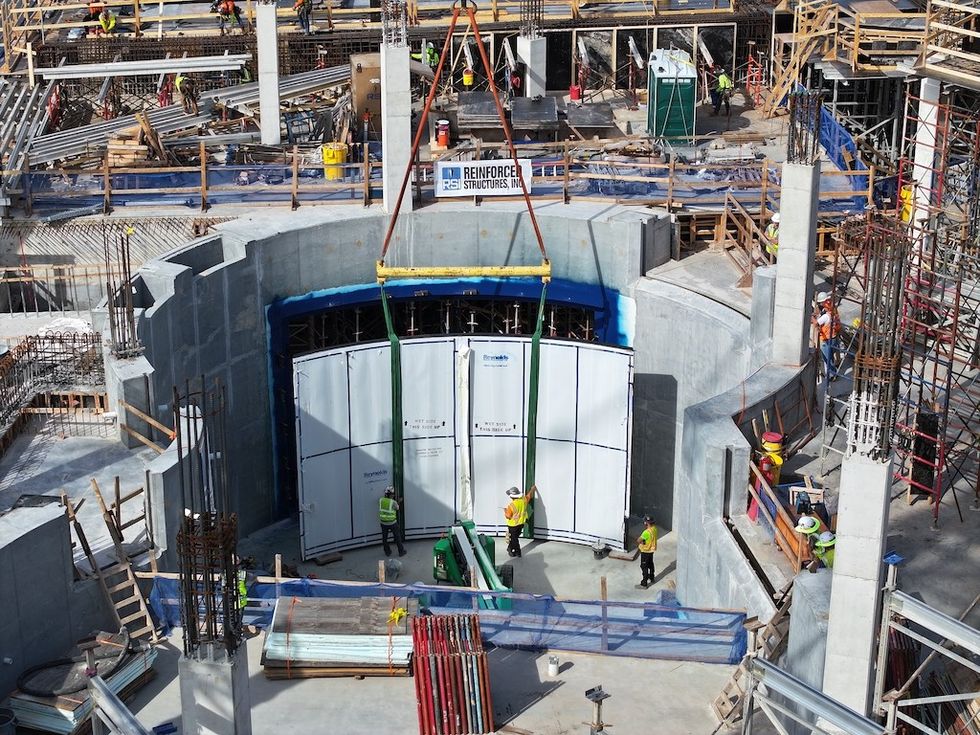
The project celebrated another milestone in autumn 2023 with a ceremonial topping-off party. Board members, staff, and significant donors signed beams at the top of the building, symbolising the project's nearing completion.
The focus has now shifted to the interior. Here, a "wave of activity" is bringing the aquarium's life support systems, plumbing, and other essential infrastructure to life. Of course, the public will only see this if they take a behind-the-scenes tour. “But this is what is breathing life into the aquarium. This life support system allows all of this 1 million plus gallons of water to support all the different organisms that will be coming in.
“We've raised well over $110 million towards this effort and are pleased with where we are. It's been a true labour of love."
See also: What makes a great aquarium?
The vision and goals of Mote SEA
The Science Education Aquarium is not just another aquarium. "Science is the focus," says Dr Crosby. "The science will amaze you from the second you walk into the building. From the three STEM teaching labs on the first floor to every animal habitat throughout Mote SEA, guests will be connected to the ocean and to Mote’s innovative research contributing to the conservation and sustainable use of our oceans."
The overarching goal is enhancing ocean literacy and inspiring future generations through immersive, science-based experiences.
Mote SEA aims to attract approximately 700,000 visitors annually. It is strategically located to be accessible to over 4 million residents within a 60-minute drive. But beyond numbers, the project also seeks to provide invaluable educational opportunities.
A cornerstone of Mote SEA's mission is its dedication to STEM education. The facility will feature three state-of-the-art teaching laboratories focusing on different areas of marine science. These labs are designed to support K-12 schools by providing access to advanced scientific equipment and hands-on learning experiences. "We're also working very closely with the school systems in the surrounding counties. We're developing lesson plans at every grade level, kindergarten through 12th grade," Dr Crosby says.
One lab will focus on marine ecology, coral restoration, aquaculture, and fisheries. Another will delve into marine biomedical science, immunology, and molecular microbiology. Finally, the third will emphasise ocean technology, engineering, robotics, machine learning, and artificial intelligence. All this is provided to schools free of charge, aligning with the campaign’s ethos, "Oceans for All."
“We want every single child at every school in this entire region to have the opportunity to have hands-on marine science and technology learning experiences that can help set them on a path. Maybe they go on to become a scientist or an engineer. But more importantly, they will have the opportunity to learn about science. That will mean they have a greater understanding of the world and the ocean around them. So, they can make more informed decisions themselves.”
A catalyst for marine science innovation
Mote SEA is just one part of Mote Marine Laboratory's broader strategic vision. By relocating the aquarium from its current location to a more accessible site, Mote also aims to transform its City Island campus into an international marine science, technology, and innovation hub. This hub will house an additional 60,000 square feet of new research laboratories. It will help position Mote as a global leader in marine science and technology innovation.
“We want this campus to be an incubator for people from all around the world, scientists, engineers, and entrepreneurs. We want to enable the transfer of intellectual property into not only techniques, methodologies, and approaches to restore, conserve and sustainably use our ocean resources, but also to grow an environmentally friendly and sustainable blue economy that is diverse and builds upon all of this incredible intellectual property that will come out of this new marine science hub.”
The facility will foster collaboration and drive advancements in sustainable aquaculture and fisheries management as well as seagrass restoration and other fields.
“All that is part of one whole vision, of which Mote SEA is the essential first step.”
See also: Sustainability in the blue economy: New England Aquarium’s BlueSwell incubator
Mote SEA and the role of science communication
Effective science communication is at the heart of Mote SEA's mission. Dr Crosby stresses the importance of the public understanding basic science, technology, engineering, and mathematics principles to make informed decisions about environmental policies and personal actions: "An informed public asks better questions.”
Mote SEA aims to inspire proactive, science-based conservation efforts by enhancing public understanding and appreciation of marine science.
“When you look at the state of our environment, when you look at the conditions of our oceans, our coastal environments, the species that we're losing, and the habitats that we're losing; clearly, we need to be much more proactive and science-based in our restoration.”
To succeed, conservation and restoration efforts must be based on sound scientific approaches and demonstrated methodologies:
“You can look at things like coral restoration. Corals are going extinct in different areas around the world. Yet we have the scientific breakthroughs to actually restore these coral reefs, even in the face of climate change. We have the scientific methodology to restore these reefs with genetically resilient strains of native coral. These are better adapted through genetics to withstand increasing water temperatures.”
Dr Crosby gives another example:
“Also, look at the loss of our fisheries worldwide and the growing demand for protein at a sustainable level. The ocean can’t provide all the protein needed. So, we must advance environmentally friendly, sustainable aquaculture that is both good for the environment and the economy and helps take the pressure off the wild fisheries. Science has shown us that we can do that.
“We've developed the technologies to transfer to farmers to create whole new crops that they can be growing with recirculating aquaculture systems inland, for farmers to raise marine fish species in an environmentally sustainable way to help support a growing economy.”
“With all these examples, science-based restoration is key. Education and outreach go hand in hand with that to help better inform the public to make wise decisions in their lives of how they interact with the environment as well as the things that they will support in terms of policy decisions and funding allocations.”
Designing a world-class facility
Creating a facility of this magnitude requires expertise and collaboration. Dr Crosby praises Mote's staff for their experience and dedication in designing the exhibits, life support systems, and interactive experiences.
“One of Mote's significant advantages is our experience. In 2025, Mote will celebrate its 70th anniversary. We are an independent, nonprofit, non-governmental, global powerhouse for marine research. Mote has over 300 staff and over 45 PhD-level scientists, as well as over 25 diverse research programs. Additionally, we have eight campuses; Mote SEA will be our ninth campus, and we're already building two more in the Keys."
“Our team all have solid science backgrounds. But they also have a lot of experience in exhibit design and interactions with the public. They are on the cutting edge of developing experiences for the public that help guests understand more about the research behind every exhibit we have. So, we have a great advantage. The design process from day one included all of our experience design staff, operations staff, and life support staff.
“We've also got some great contractors we're working with. This is a partnership effort, and those partners bring in new ideas. Still, I think it gives us a great advantage by having such an experienced staff taking the lead in designing and having a lot of pride in their design.
The design process also emphasised architectural excellence. "We wanted the building, outwardly and inside, to be a striking, very visible, iconic structure that could serve visibly as a gateway to this entire region," Dr Crosby says. Mote SEA aims to be a recognisable landmark, akin to the Sydney Opera House or the Eiffel Tower, attracting visitors and fostering community pride.
Choosing the right partners to bring Mote SEA to life
AOA, a leading owner's rep, project management, immersive experience design and production company, was one of the first partners brought in to ensure the project runs smoothly.
Services provided by AOA for Mote SEA include project management, pre-development management, program management, construction management, cost estimation, and scheduling support. The team also worked on the concept architecture and exhibit concept design, exhibit show set design, and graphic and signage design. This collaboration ensures that Mote SEA is built to the highest standards, incorporating efficient cost management and innovative solutions.
“AOA has been fantastic,” says Dr Crosby. We've got some exceptional facilities staff here, and I’m very proud of the expertise of our aquarium staff. However, Mote has never constructed this kind of facility before. Smart people know their limitations and when to bring in experts.
“AOA knows the field of design and construction so much better than we do. So, we count on them to be our left hand and keep things on the straight and narrow. They help us identify some areas where we can be more efficient with costs. They also help us identify some opportunities that might benefit us if we did things slightly differently. We rely on them a lot.”
AOA co-founder, chief creative executive, and design principal Tom Acomb says:
"It's always rewarding to work with a client you have long admired. We took our son to MOTE as a child, and the vibe and culture of their team always left a smile on our faces. Being able to support them in their journey to protect our planet's future is an honor."
Mike Ostendorf, AOA co-founder, CEO and project management principal, adds:
"MOTE has provided us with a great opportunity to add value and showcase our execution expertise at a world-class level. The project is groundbreaking, and it is an important step forward for science internationally."
Looking ahead
As Mote SEA nears completion, Dr Crosby is most excited about the potential impact on future generations. "What I look forward to is seeing young children walking up and looking at an exhibit in amazement," he says, drawing a parallel to Mote's founding director, Dr Eugenie ‘Genie’ Clark, also known as the ‘Shark Lady.’
“The origins of Mote Marine Laboratory were when a little girl, I think she was about eight at the time, went into an aquarium in New York. She looked into the many marine habitats, and she fell in love with the ocean and wanted to learn more about it. And that little girl grew up to be our founding director.”
Dr Crosby also experienced a similar moment:
“I remember when my father took me out on one of those little inflatable rafts. I must have been about seven or eight years old. It had one of those little plastic viewing windows where you could look into the water underneath you. I saw all of those fish down there, and I was amazed. That's when I fell in love with the ocean. And that's when I decided this was what I wanted to do for the rest of my life.
“When you think about what led Genie into science and what led me into science, when we see that little boy or girl looking in awe and amazement for the first time, that's what I'm looking most forward to.”
Mote SEA aims to nurture the next generation of scientists and conservationists by inspiring a sense of wonder and curiosity. It is more than a state-of-the-art facility; it is a beacon of ocean literacy, scientific innovation, and community engagement.
Images credit Mote Marine Laboratory & Aquarium
Charlotte Coates is blooloop's editor. She is from Brighton, UK and previously worked as a librarian. She has a strong interest in arts, culture and information and graduated from the University of Sussex with a degree in English Literature. Charlotte can usually be found either with her head in a book or planning her next travel adventure.


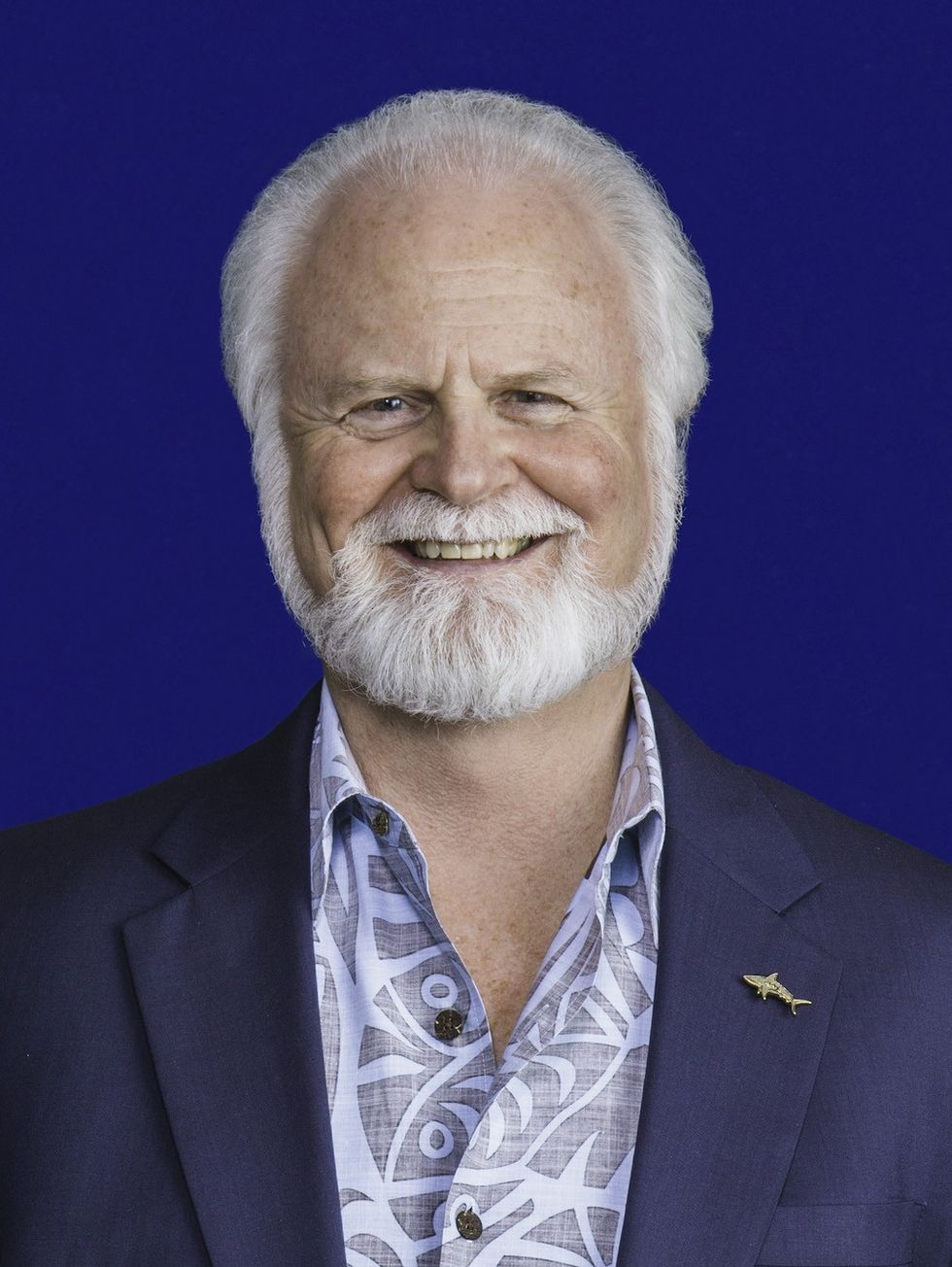
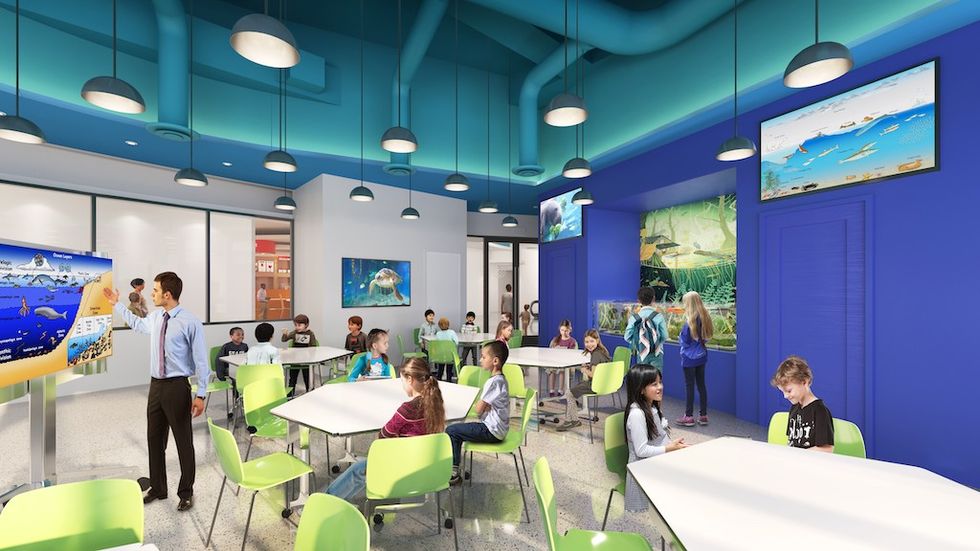
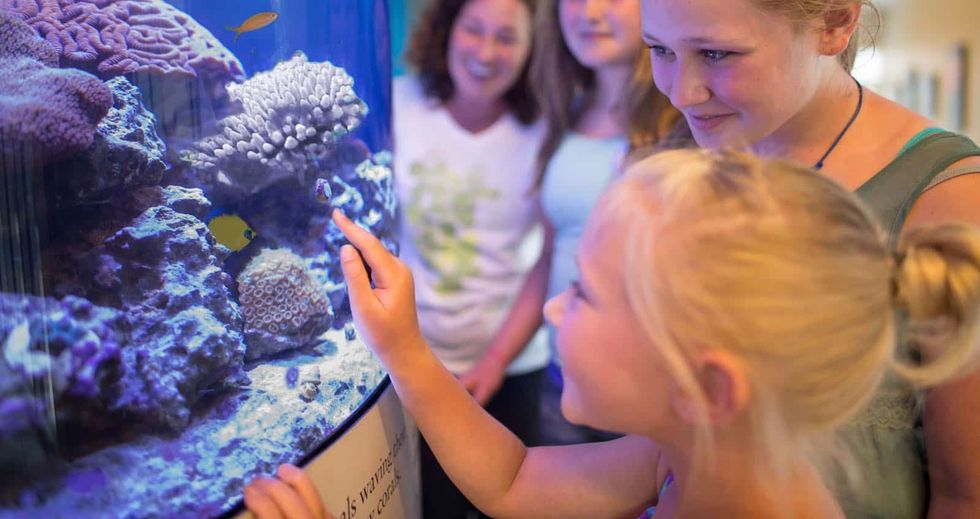
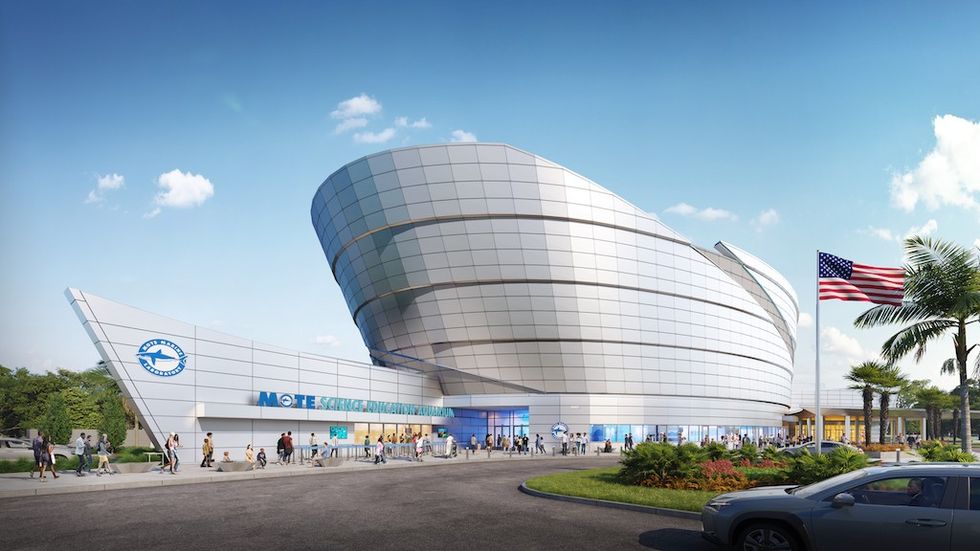
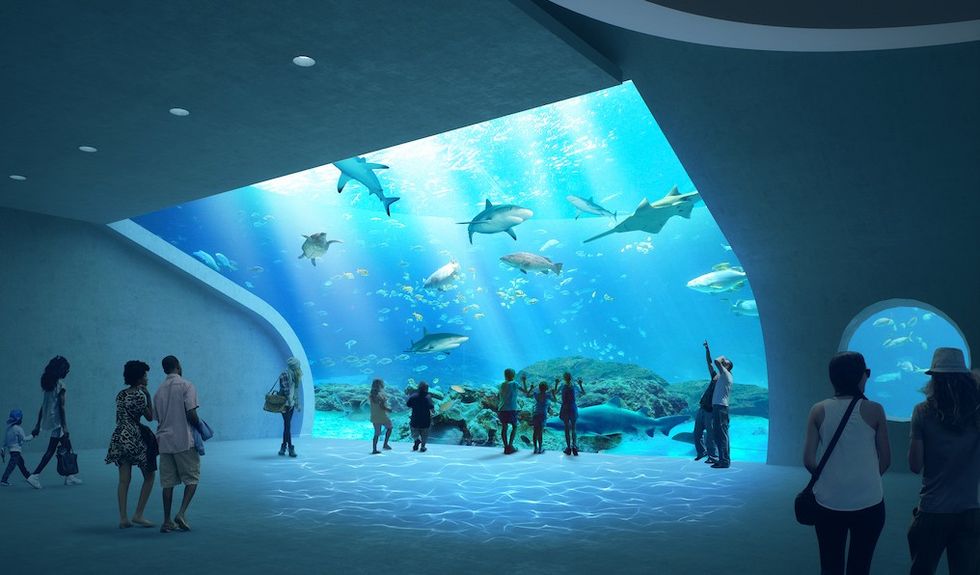
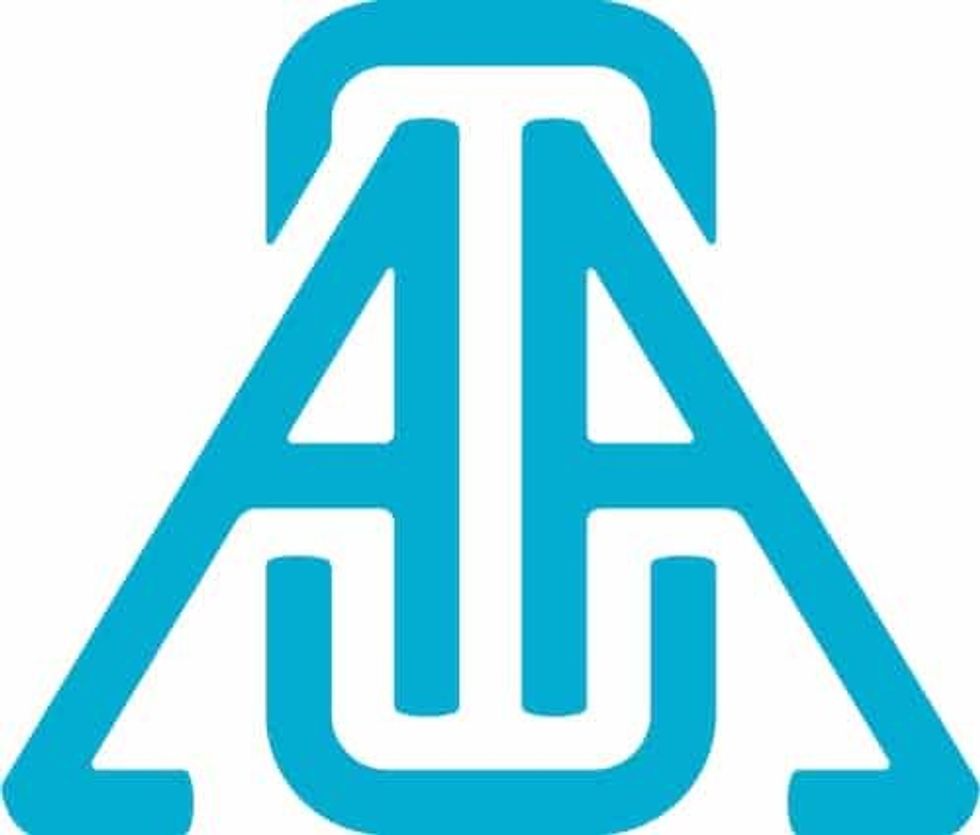
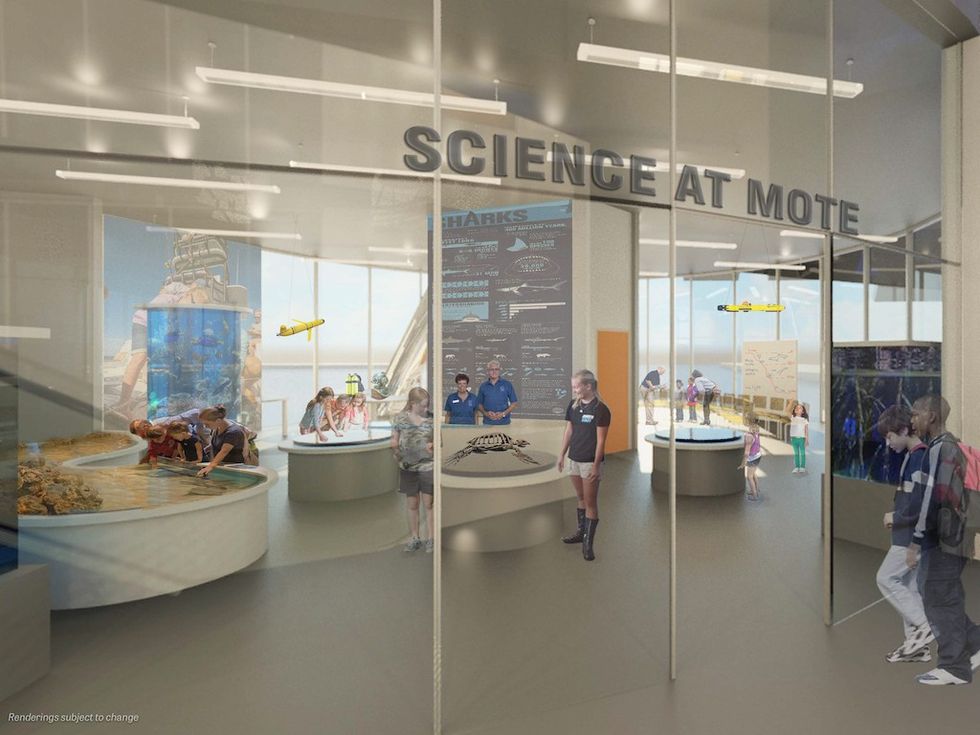
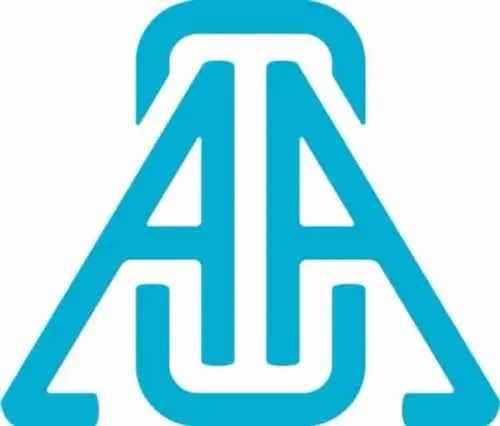
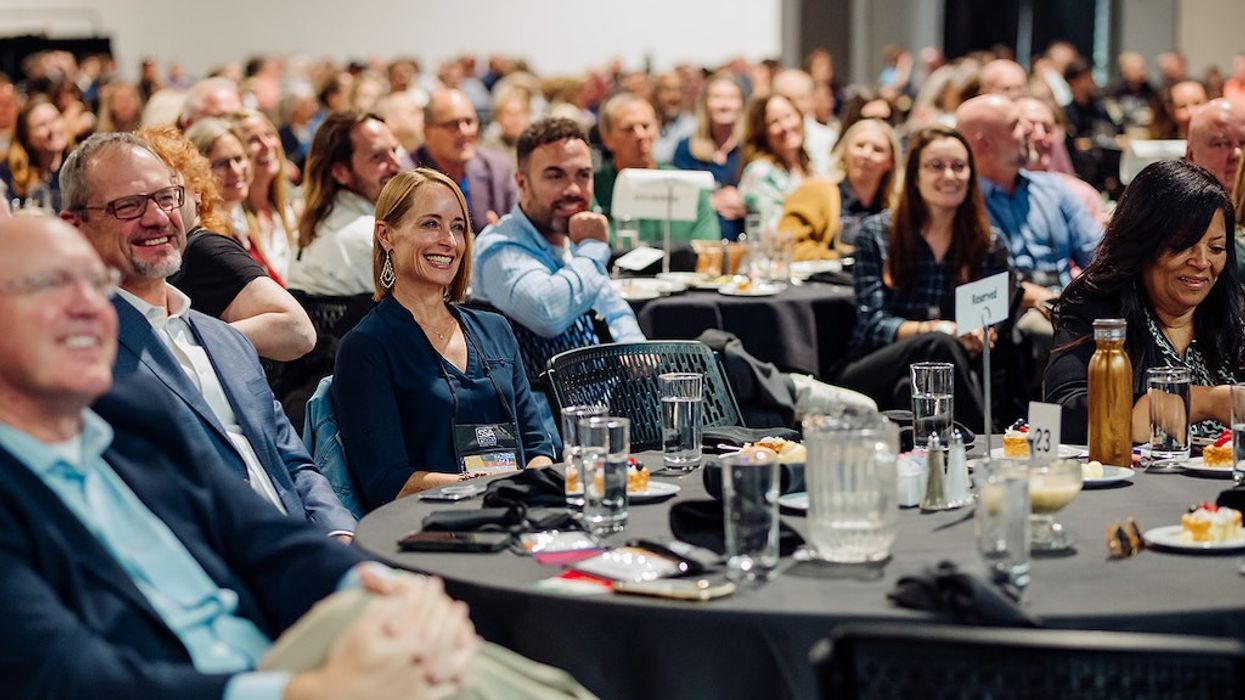
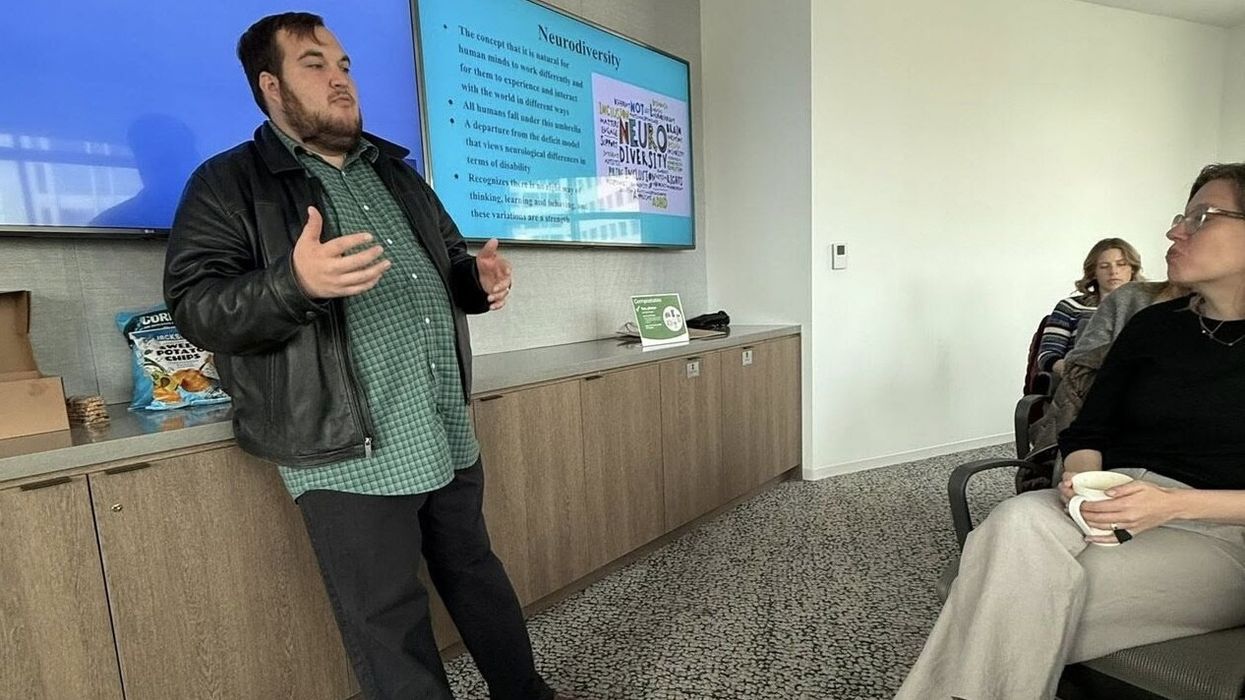
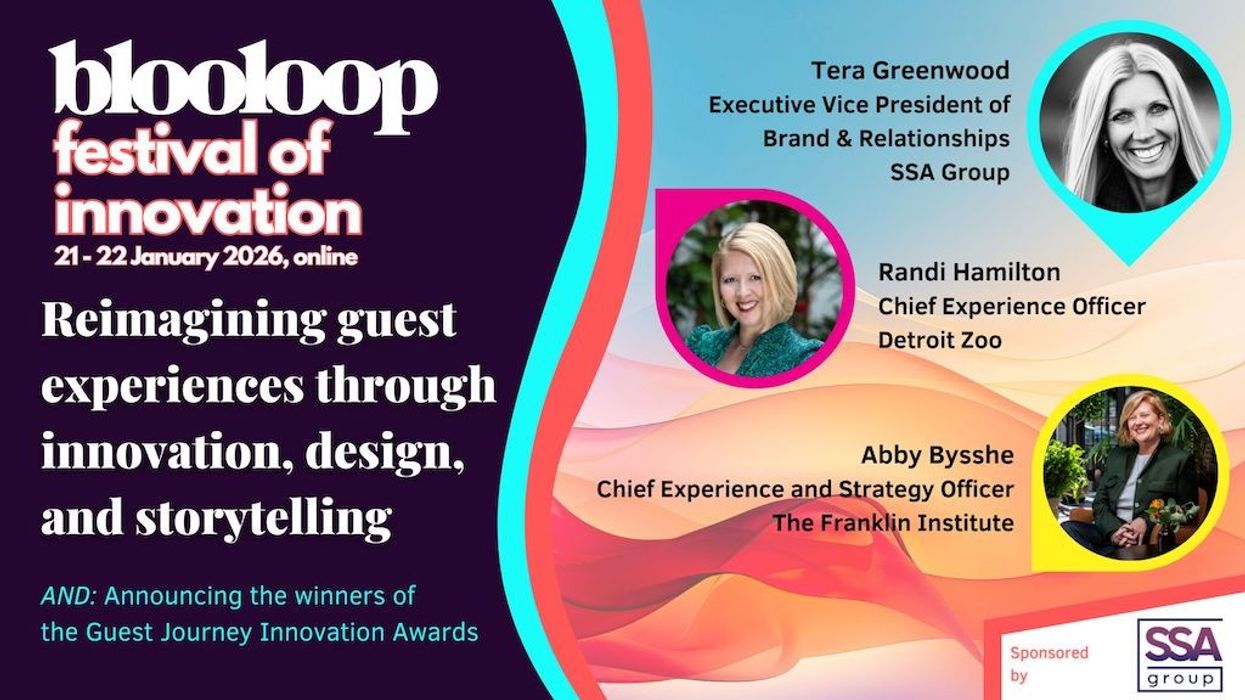
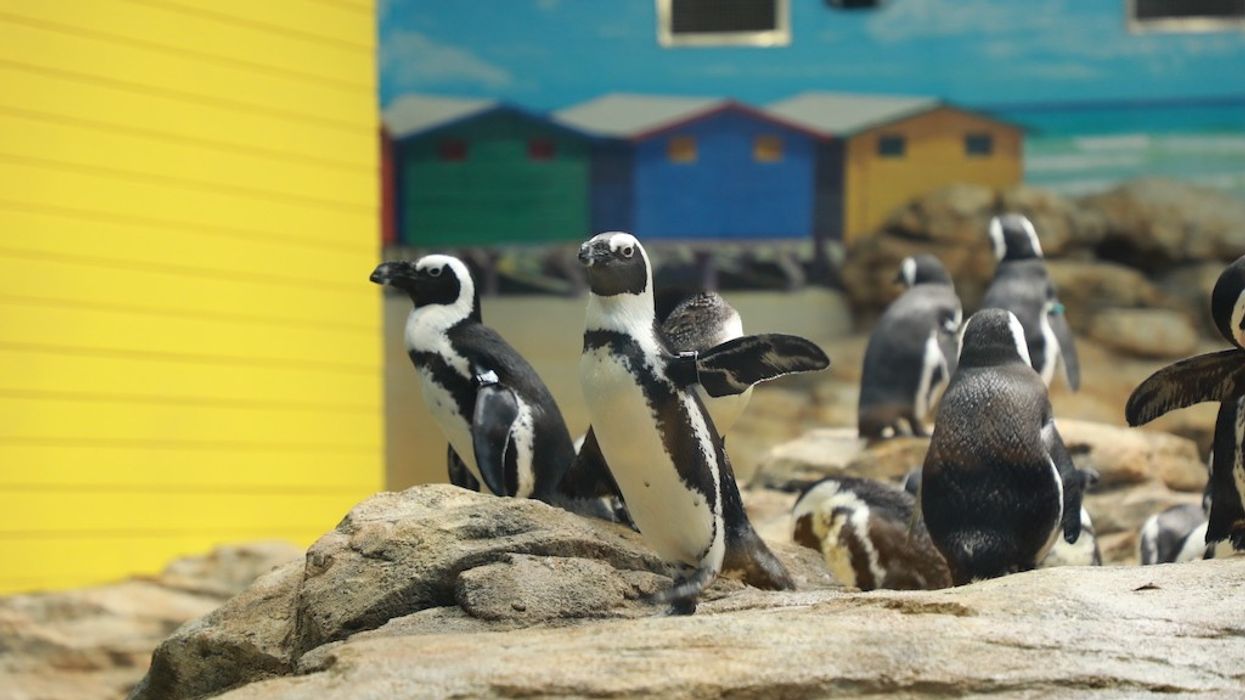

 TM Lim and Adam Wales
TM Lim and Adam Wales



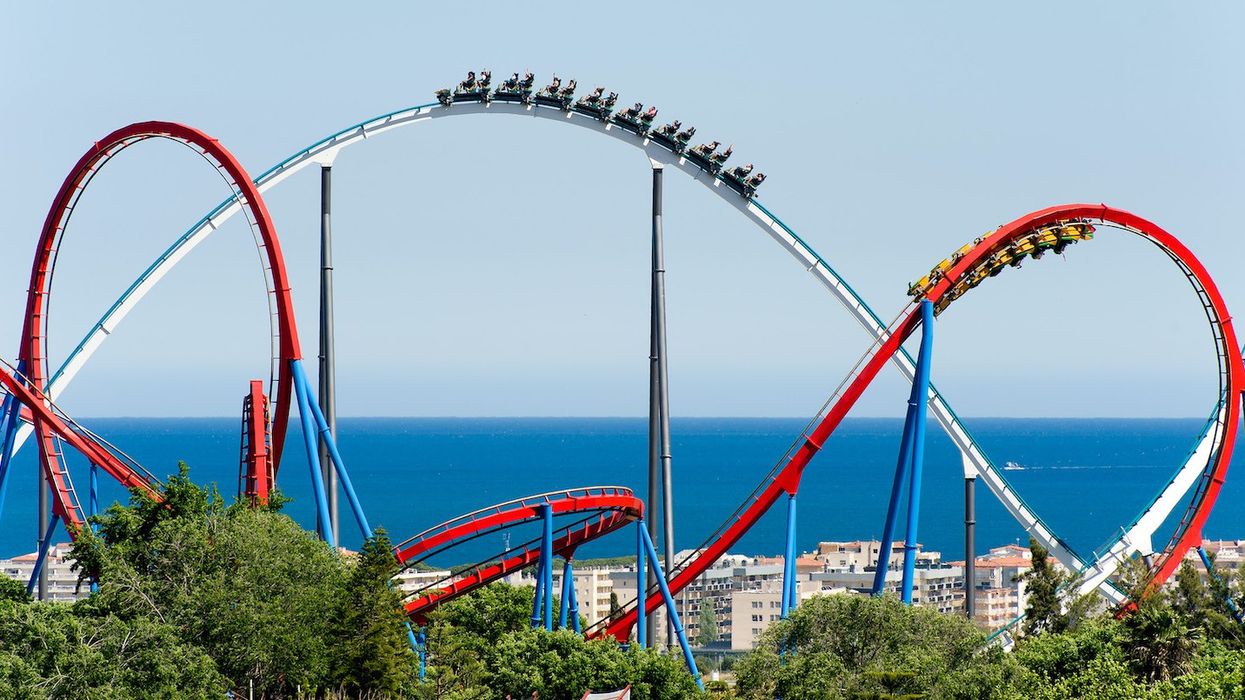





 Toby Harris
Toby Harris Hijingo
Hijingo Flight Club, Washington D.C.
Flight Club, Washington D.C.
 Flight Club Philadelphia
Flight Club Philadelphia Flight Club Philadelphia
Flight Club Philadelphia Bounce
Bounce Hijingo
Hijingo Bounce
Bounce
 Fernando Eiroa
Fernando Eiroa











 Nickelodeon Land at Parque de Atracciones de Madrid
Nickelodeon Land at Parque de Atracciones de Madrid Raging Waters
Raging Waters  Mirabilandia's iSpeed coaster
Mirabilandia's iSpeed coaster Parque de Atracciones de Madrid
Parque de Atracciones de Madrid Ferracci at the ribbon-cutting ceremony for Nickelodeon Land at Mirabilandia, with (left) Marie Marks, senior VP of global experiences for Paramount and (cutting the ribbon) Sabrina Mangina, GM at Mirabilandia
Ferracci at the ribbon-cutting ceremony for Nickelodeon Land at Mirabilandia, with (left) Marie Marks, senior VP of global experiences for Paramount and (cutting the ribbon) Sabrina Mangina, GM at Mirabilandia Tropical Islands OHANA hotel
Tropical Islands OHANA hotel Elephants at Blackpool Zoo
Elephants at Blackpool Zoo  Tusenfryd
Tusenfryd
 Andrew Thomas, Jason Aldous and Rik Athorne
Andrew Thomas, Jason Aldous and Rik Athorne







